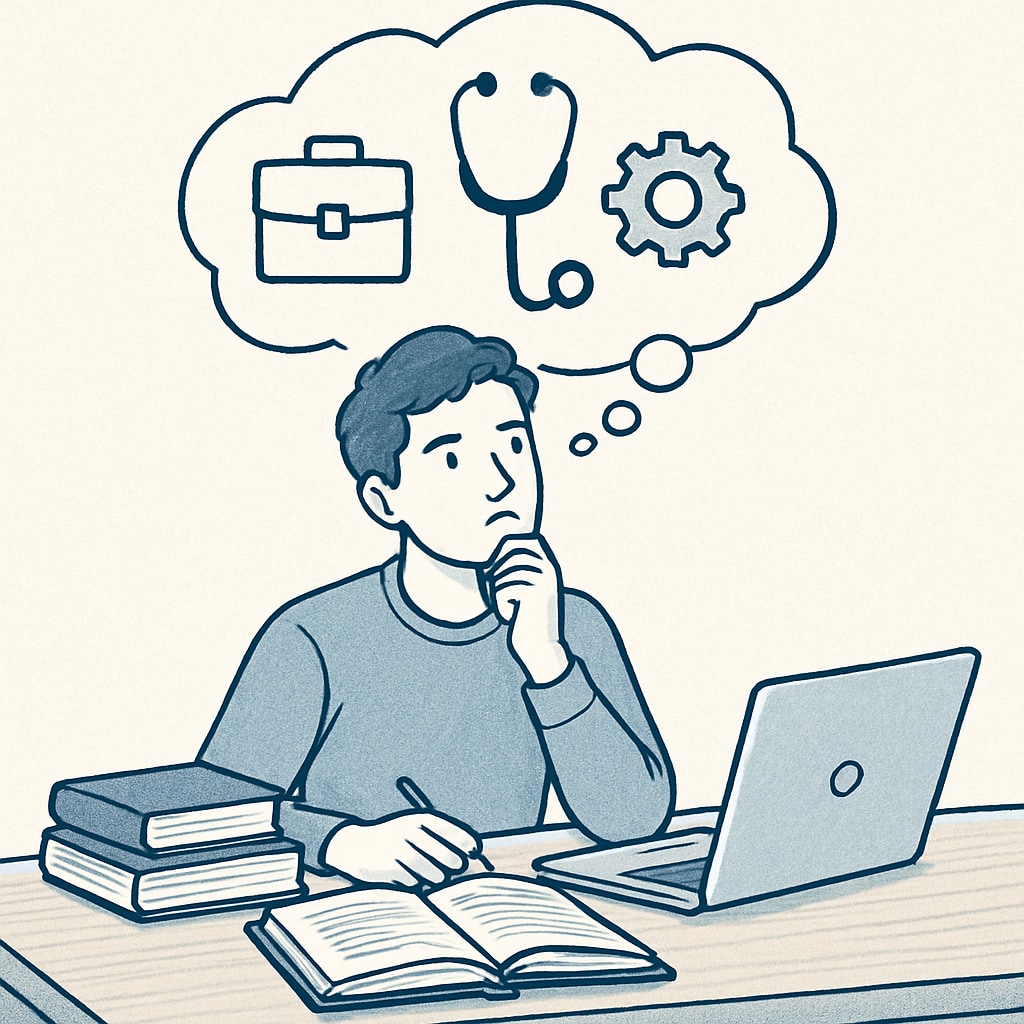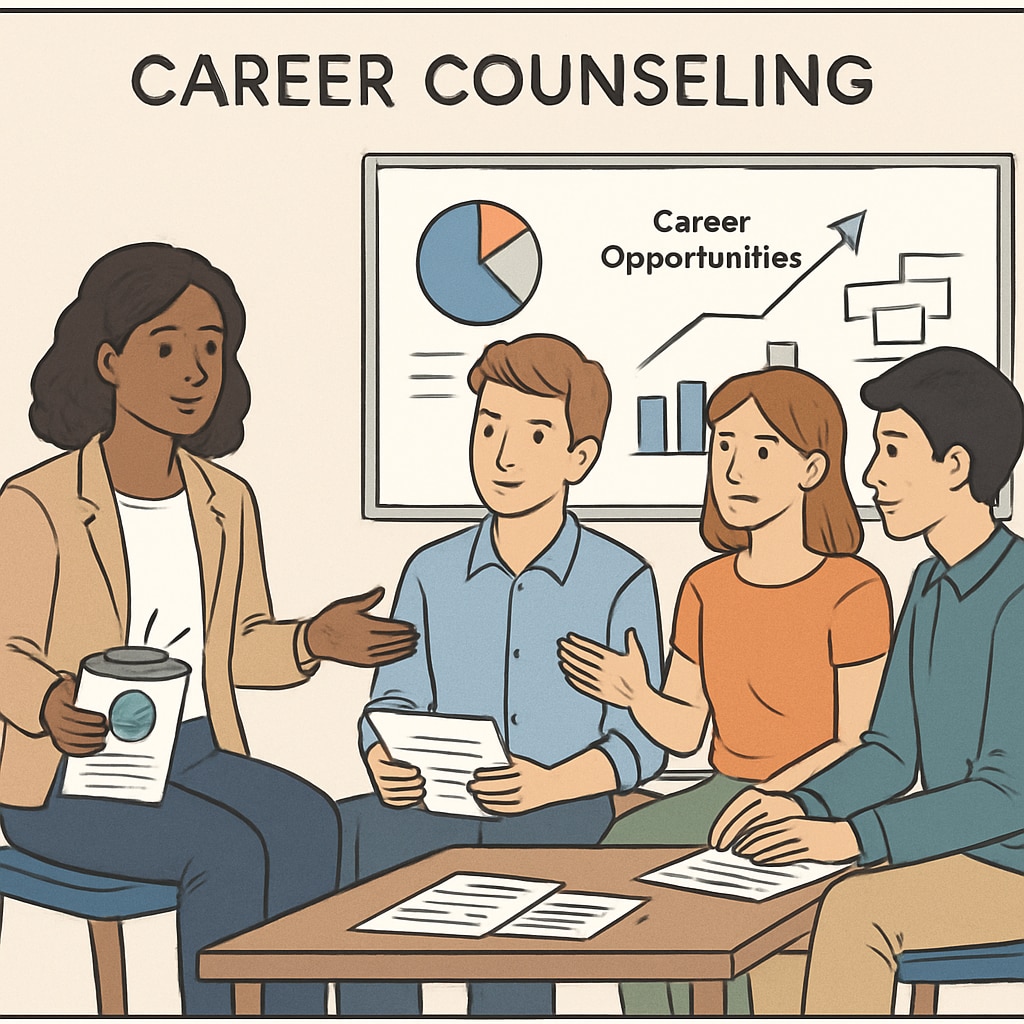Leaving college can feel like a daunting crossroads, where the path forward seems both unclear and overwhelming. For those who have stepped away from higher education, the challenges of professional choices and career planning can weigh heavily. Balancing personal goals, societal expectations, and the uncertainty of the job market often adds layers of complexity. This article aims to provide insights and actionable strategies to help college dropouts navigate these challenges and make informed decisions about their futures.
Understanding the Reasons Behind College Dropout
Before diving into career planning, it’s important to reflect on what led to the decision to leave college. Was it financial constraints, academic pressures, lack of interest in the chosen field, or personal circumstances? Understanding these reasons can shed light on the next steps to take. For instance, if financial burdens were the issue, exploring affordable educational alternatives or vocational training may be the solution. If it was a lack of alignment with interests, this is an opportunity to reassess passions and strengths.

Reevaluating Professional Choices and Educational Paths
Once the reasons for leaving college are clear, the next step is to reevaluate professional goals. This involves asking critical questions: What are my interests and strengths? What industries align with these? What are the long-term growth opportunities in these fields? For example, if someone is passionate about technology but left a computer science degree, they might explore certifications in web development, data analysis, or software engineering. These alternatives often provide a more focused and affordable route to entering the industry.
To assist with this process, consider the following steps:
- Conduct a self-assessment: Use tools like the Myers-Briggs Type Indicator or career-specific aptitude tests to identify strengths and interests.
- Research industries: Look into job market trends, salary expectations, and growth potential in various fields.
- Consult mentors: Reach out to professionals or career counselors for guidance and insight into different pathways.
Balancing Personal Interests with Societal Expectations
One of the most significant challenges for college dropouts is balancing personal interests with societal or familial expectations. Parents and peers often have preconceived notions about what constitutes a “successful” career. For some, this can lead to pressure to pursue traditional paths, even when they don’t align with personal goals. It’s important to recognize that success is subjective and deeply personal.
For example, someone passionate about the arts may face skepticism about their career prospects. However, with the right strategy—such as building a portfolio, networking, and leveraging online platforms—they can carve out a niche and achieve success. Open communication with loved ones about personal aspirations and the rationale behind career choices can help bridge these gaps.

Creating a Systematic Career Planning Framework
To navigate these decisions effectively, a systematic approach is essential. Here’s a framework to consider:
- Define your vision: Write down what you want to achieve in the next 5–10 years, both professionally and personally.
- Set realistic goals: Break down your vision into smaller, achievable milestones.
- Identify resources: Research educational programs, certifications, internships, and mentorship opportunities that can help you achieve your goals.
- Develop a timeline: Create a step-by-step timeline to track progress and stay motivated.
- Adapt as needed: Be prepared to pivot if certain paths don’t work out, and remain open to new opportunities.
Embracing Lifelong Learning
Finally, it’s essential to recognize that education doesn’t end with a degree. Lifelong learning—whether through online courses, workshops, or self-study—allows individuals to stay competitive in the job market. Platforms like Coursera and Udemy offer affordable and flexible learning options, making it easier than ever to gain new skills.
As Steve Jobs once said in his famous Stanford commencement speech, “You can’t connect the dots looking forward; you can only connect them looking backward.” For college dropouts, this serves as an important reminder that every decision, even the challenging ones, contributes to the bigger picture of one’s life journey.
In conclusion, navigating life after college dropout requires a mix of self-reflection, strategic planning, and resilience. By balancing personal interests with practical considerations and embracing lifelong learning, individuals can find fulfilling professional paths that align with their values and goals.
Readability guidance: Use short paragraphs and lists to summarize key points. Ensure a balance of long and short sentences while incorporating transition words for smooth flow.


